#wheelgunwednesday
Years ago, I’d written in this service about the smallest 22 double action revolvers. These originally included the S&W Model 34 – a J-frame “Kit Gun” made of steel, a six-shot 22LR with adjustable sights and a square butt.
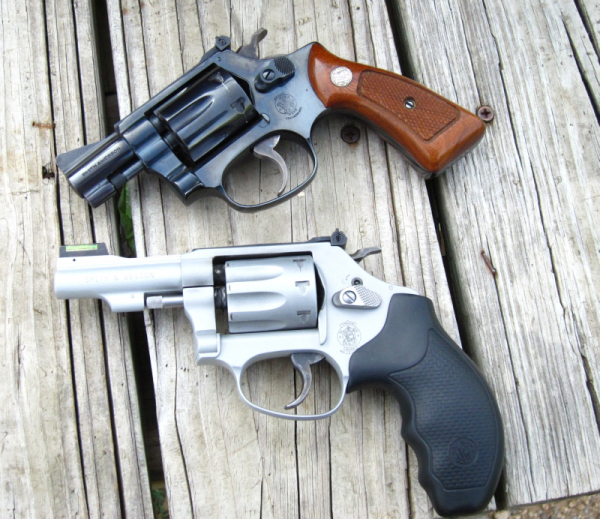
The idea was simple enough. Originally known as the .22/.32 Kit Gun – a 22 built on the 32-frame – these were later built on the Chief’s Special – “J” – frame, as they were producing many of the five-shot 38 Special guns.
This S&W M34-1 “Kit Gun” 2-inch was followed by the updated Model 63 Stainless Kit Gun. With a three- inch barrel, fiber optic front sight, it’s weighty like the earlier gun, weighing in at around 26 ounces. In no time, the Model 317 Kit Gun arrived; a 12 ½ ounce, 3-inch, 8-shot gun, it likewise had adjustable sights with a fiber optic tube on the front.
I’ll cut to the conclusion in the earlier piece: “Fired from a stable rested position, the guns were quite accurate. Their great claim to fame, though, was portability. Hence the problem: how often do you use a field handgun from a stable rest position?”
The answer is that a smart shooter will always seek to use a stable rest position of one type or another.
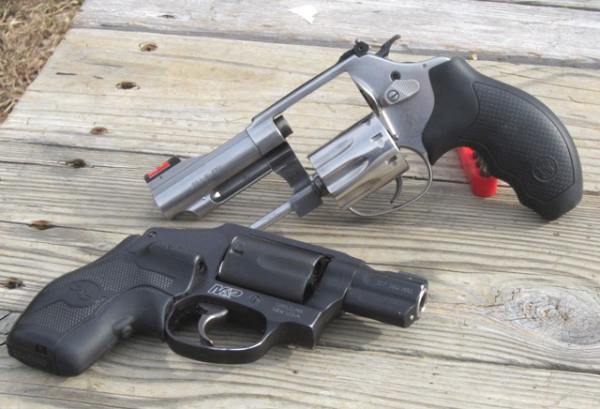
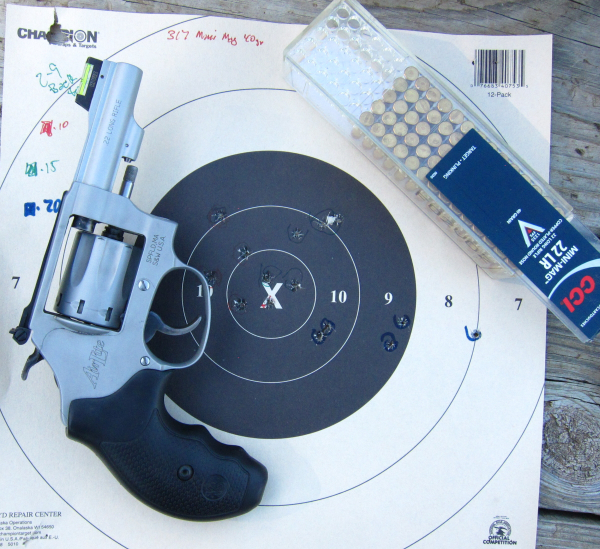
I’m excluding the fixed sight 22 tiny revolvers here – the LCR and the earlier fixed-sight M317, as well as the “Centennial” (hidden hammer) versions of the small frame S&W 22 revolvers in LR and Magnum calibers.
I’m sticking with the “Kit Gun” format here: 2-3” barrel, adjustable sights.
Over time, I’ve written extensively about using these things for my “cool down” on range days when I’m shooting a T&E handgun or rifle and it’s time to settle into slow, deliberate precision firing. How can that be done with these small, light guns?
Part of it is something I discovered early along the way: it seems that I was most accurate when I exaggerated the follow-through. The shot broke, the gun bucked, the hole appeared down range as I “admired (my) work through the sights.” And I paused.
It struck me that, with some rounds, I was literally moving the gun off line before the bullet left the barrel. With some of the inconsistency of bulk-packed rounds and promotional ammo, that seemed to be a possibility.
That wasn’t all of it. Consider that I began my work with small, light (some very light) short-barrel 22 revolvers around 12 years ago. One or another of these things have made the trips to the range nearly every time and I never left without a few cylinders of “ball and dummy” or “chase the bullet” drills.
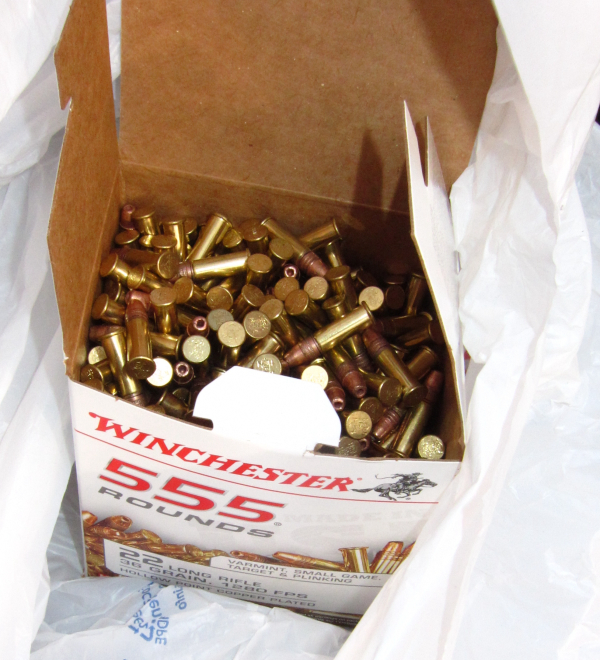
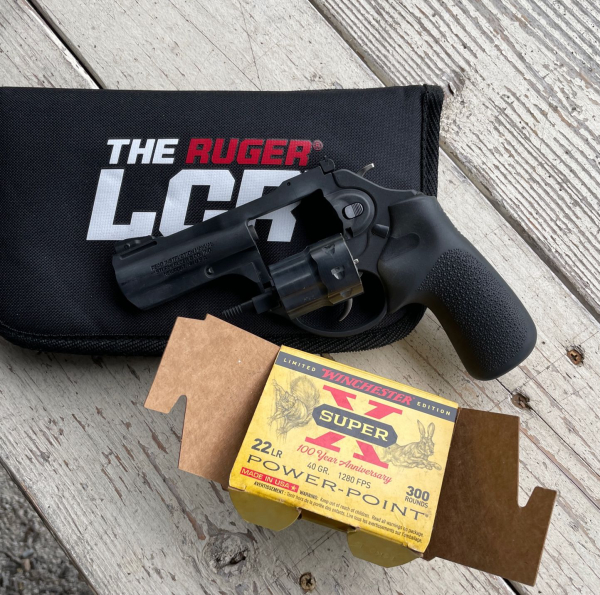
These guns have stout triggers; holding it still through trigger press and ignition is a chore. And it’s worth doing. My shooting generally has gotten better. I’m not chasing a medal or trophy, but I’m finding satisfaction in one-hole groups at five- to seven yards with a 3” sub-1 pound revolver with a 12-pound trigger press.
And frustration when that doesn’t happen. You learn more from failure than success.
The Ruger LCRx 3” 22 – an adjustable sight rimfire of the “kit gun” genre – was another chore. It was enough different from the S&Ws (regardless of the stocks I used on them) that I had to relearn what I was doing.
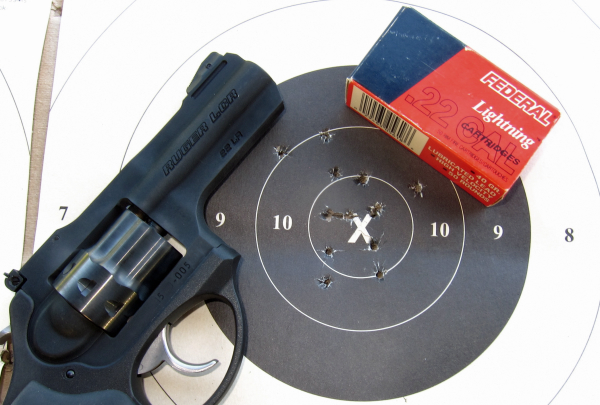
Like the newer S&Ws (and unlike the M34-1), the Ruger has an 8-shot cylinder. This makes the newer “kit guns” excellent for ball and dummy exercises.
I can’t recommend the small rimfire revolvers enough for practice – and for field use. There’s a learning curve, I won’t deny that. When I was left-hand only for a short time due to age-related issues with my right hand, I got a left-hand belt holster to fit the LCRx and continued to work on holding the gun still through the ignition sequence.
Simple but not easy.
Adjustable sights, stout triggers, larger capacity on the newer guns -- all of which is good for working trigger control and for field use as a pest-popper or plinker.
— Rich Grassi